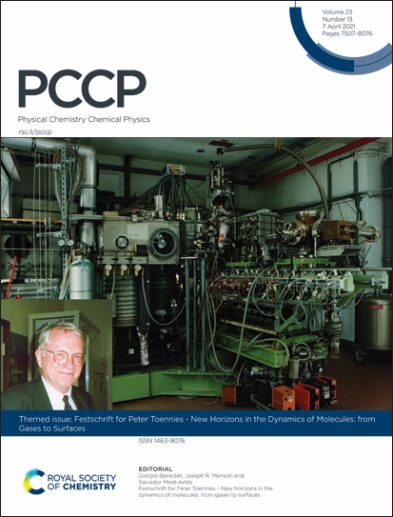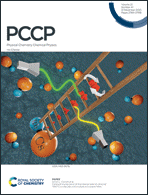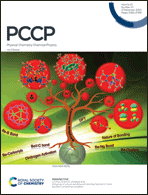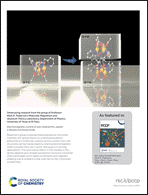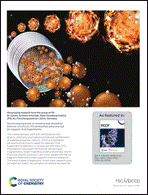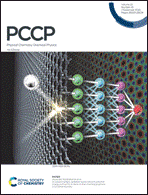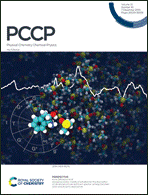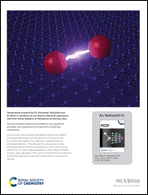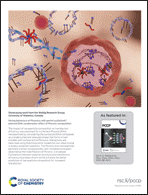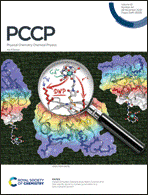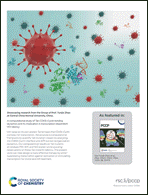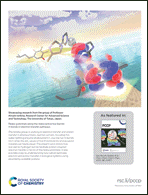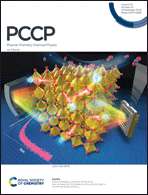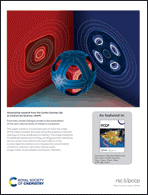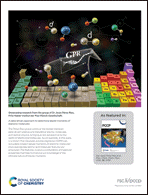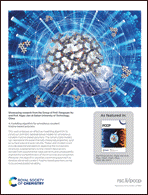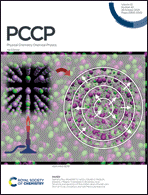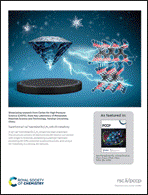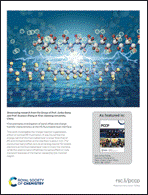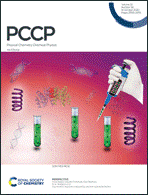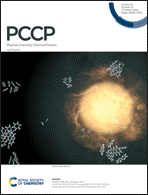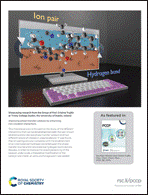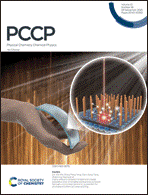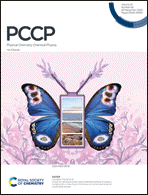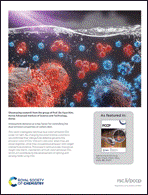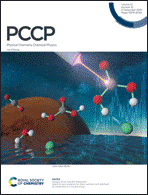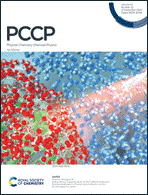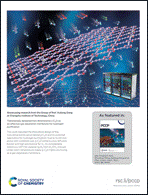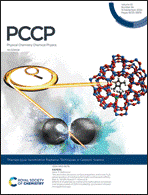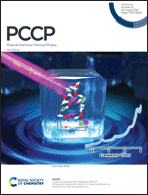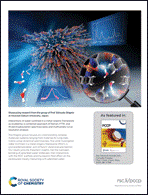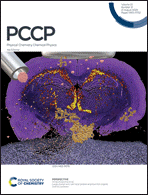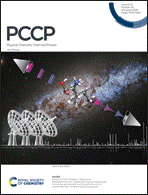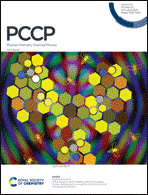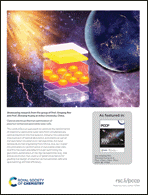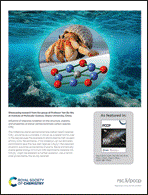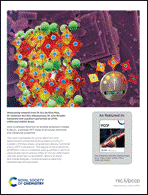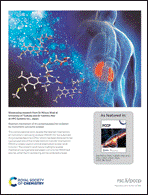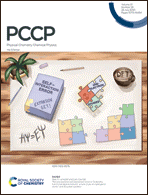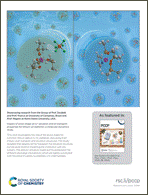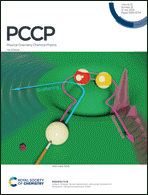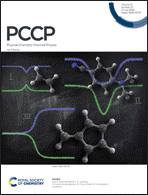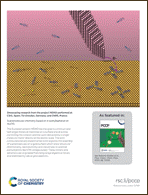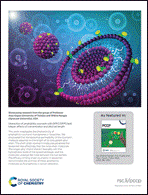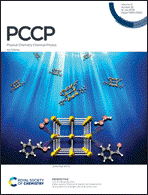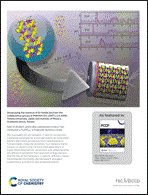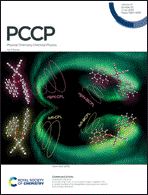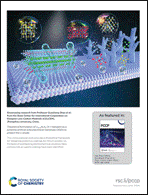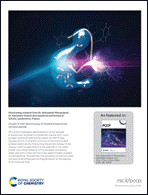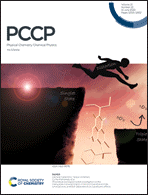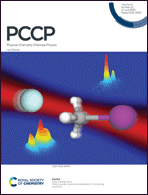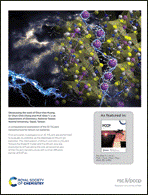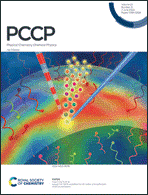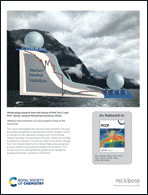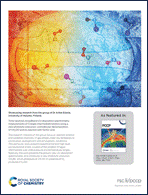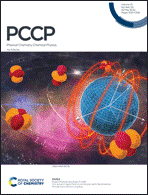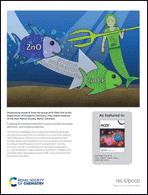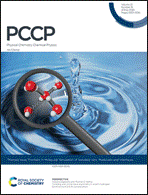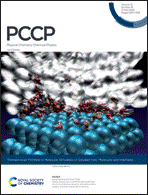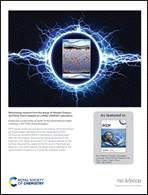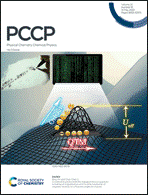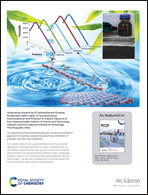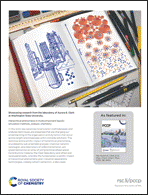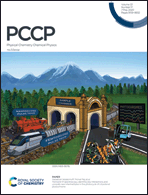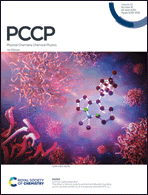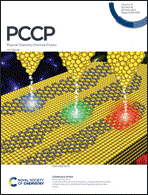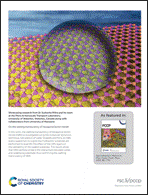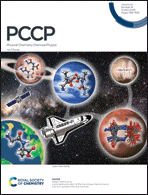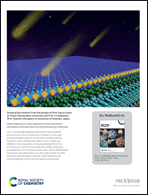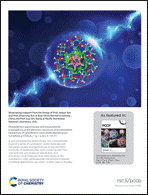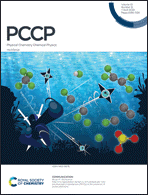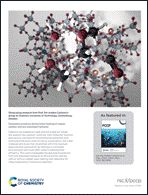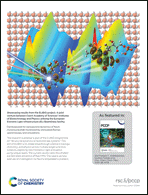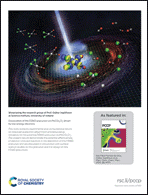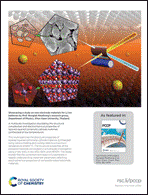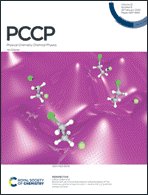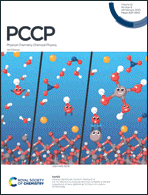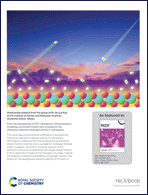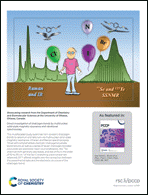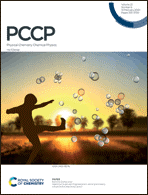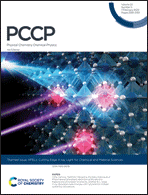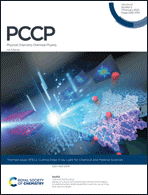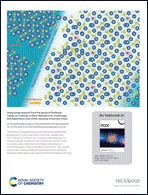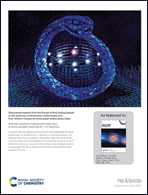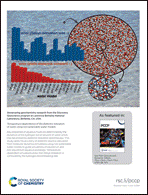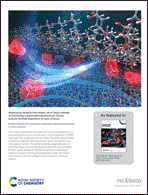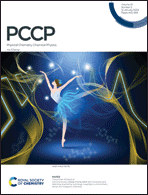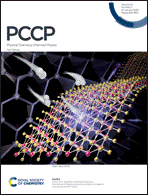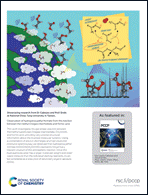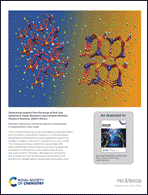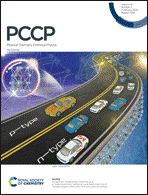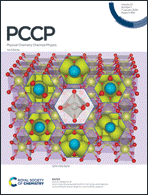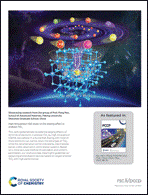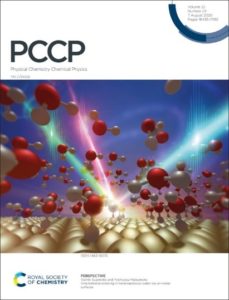
Physical Chemistry Chemical Physics is delighted to announce a call for papers for its latest themed collection on “Stability and properties of new-generation metal and metal-oxide clusters down to the subnanometer scale: synthesis, experimental characterization, and theory” to be promoted in 2022. Guest Edited by: María Pilar de Lara-Castells (Institute of Fundamental Physics (CSIC)), Cristina Puzzarini (University of Bologna), Vlasta Bonačić-Koutecký (Humboldt University of Berlin), Stefan Vajda (Czech Academy of Sciences) and M. Arturo López-Quintela (University of Santiago de Compostela) This collection will be devoted to the latest advances in the field of metal and metal-oxide clusters. Recent joint theoretical-experimental research has shown that subnanometer-sized metal clusters, and more generally atomically precise clusters or even single atoms, possess special chemical and physical properties due to singular quantum effects, making them innovative materials for applications including luminescence, sensing, bioimaging, theranostics, energy conversion, catalysis, and photocatalysis. This themed collection is driven by the conviction that further steps in shaping this modern field require a tight collaboration between experimentalists with a deep and broad expertise and theoreticians working on suitable models of both unsupported (in air, solution, or biologically relevant environments) and surface-supported metal and metal oxide clusters. For this reason, a special emphasis will be given to the interplay between experiment and theory. The themed collection is intended to bring together theory (including first-principles approaches combining DFT-based and high-level ab initio theories), fundamental-oriented research in vacuum attached to rare gas clusters, in particular helium nanodroplets, as well as hydrocarbon, metallic and inorganic clusters produced at low temperatures with the focus on their formation, stability, interaction with liquid helium environments, and reactivity at astrophysically relevant conditions. In addition, the collection includes the most applied-oriented research of metal and metal oxide clusters in solution, covering nano- and subnanometer ranges. This call for papers is open for the following article types: · Communications · Full papers · Reviews and Perspectives |
| Open for Submissions until 31st July 2022
If you would like to contribute to this themed collection, you can submit your article now, directly through the journal’s online submission service at https://mc.manuscriptcentral.com/pccp. Please answer the themed collection question in the submission form when uploading your files to say that this is a contribution to the themed collection and add a “Note to the Editor” that this is from the Open Call. The Editorial Office reserves the right to check suitability of submissions in relation to the scope of both the journal and the collection, and inclusion of accepted articles in the final themed issue is not guaranteed. Submissions to the journal should include significant innovation and/or insight into physical chemistry. Please see the journal’s website for more information on the journal’s scope, standards, article types and author guidelines. With best wishes, The Guest Editors |
| María Pilar de Lara-Castells
Institute of Fundamental Physics (CSIC) |
Cristina Puzzarini
University of Bologna |
Vlasta Bonačić-Koutecký
Humboldt University of Berlin |
| Stefan Vajda
Czech Academy of Sciences |
M. Arturo López-Quintela
University of Santiago de Compostela |
Vikki Pritchard
Royal Society of Chemistry, Deputy Editor |















